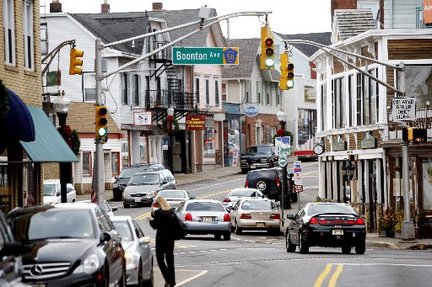Morris County Master Trainer Explains How To Get Rid Of Knee Posterior knee Pain Forever
I’m going to start adding that knee pain is a very common thing on the back end of that muscle joint. Most individuals keep looking for answers as they get paranoid of moving in certain way, due to the feeling that pain in the back of the knee inflicts on them. And also that weird sensation .
I experienced knee pain few months ago through Brazilian Jiujitsu training and took about 2 WEEKS to totally go away. For someone who is over 50 years of age and could get rid of that annoying pain, thought was very incredible. But before I go into detail in how to get rid of it, let’s find out what really causes the pain.
Poplietus muscle
Because of it’s small size poplietus is a muscle that can get injured very easily with little to no touch. And as small as it is, can cause major problems on other muscles due to its point of origin in the human body. Despite its small size, the poplietus is a major stabilizing muscle of the knee. Its involve in both in the close chain phase and open chain phase of the gate cycle. During the close chain phase, which is when the foot is in contact with the ground, the muscle externally rotates the femur on the tibia.
Poplietus injury symptoms
The area behind the knee is often swollen and tender to the touch, and there may be a cracking sound with movement in the tendon is involve. If an athlete or someone active in sports continue to overload the knee with this injury. Symptoms will worsen delaying healing.
What exercises I can do to heal back knee pain (poplietus injury)
- Supine hamstring stretch: lie on your back on the floor of an exercise mat with both knees bent and your feet planted , bring your right knee in toward your chest and hold on to the back of your thighs with both hands. Lengthen the leg towards the ceiling as you gentle pull your leg towards your head.
Finally hold it for 30 to 60 secs on each leg.
- Half squats: Stand with your feet about hip distance apart, if you feel unstable (like some of my clients that suffer knee pain in that area) hold on to a wall or chair, maintain a long spine and lifted chest (o pechuga like I say in spanish’) as you bend gently through your hips and knees. Let the hips bent just about ten inches as if you are sitting toward a chair. Keep your feet planned, weight in your heels. Pause to 3 to 5 counts and straighten back to a stand. Repeat 10 to 12 times.
- Heel cord stretch: Stand facing a wall and place your healthy leg forward and bend the knee slightly, place the injured leg straight behind you with the heel flat, and the toes pointed in a little bit. Keep your heels flat, on the floor and press your hip complex forward, toward the wall. Hold it for 30 seconds.
I hope to make a second article on this, to pin point other causes that may be affecting the area and causing pain in your knee or knees. Please also check our last story on our partner website on adductors muscles. Prevention and function here

